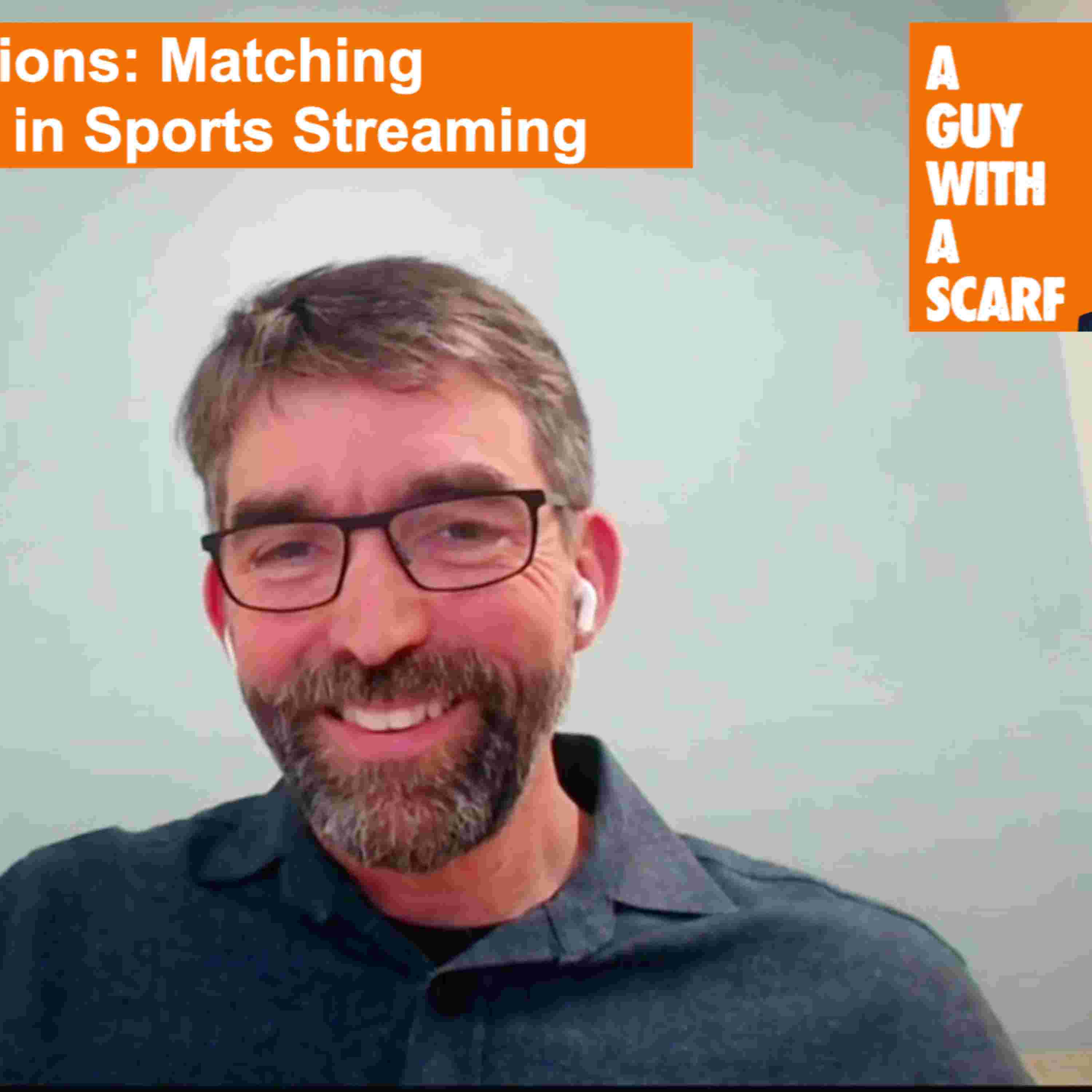

Paul Boustead's journey started "as a researcher doing research for telcos in Australia" back in 2000. Hel worked on real-time CDNs during what he calls "a super interesting time" when it was "very hard to actually get good scalable streams out there and working."His path led through gaming technology—"voice communication, massively multiplayer computer games"—before founding a company that Dolby acquired in 2007. This gaming background proved invaluable, as many low-latency challenges in sports streaming mirror early multiplayer gaming requirements.Defining Purpose-Driven LatencyPaul offers a clear framework for 2025: "Ultra low latency to us is sub-second," followed by "very low latency which is around about the sub 3 seconds" and "low latency to us is sub 7 seconds." Each category serves distinct purposes—sub-second for sports betting and auctions where "they sell very expensive objects, even houses," while 3-7 seconds addresses the broader sports streaming market.The business case crystallized during our conversation when I shared watching Wimbledon with my 10-year-old son, who received Sinner's victory notification 30 seconds before we saw it. "I didn't want to ruin it for the family," he later admitted, "but I knew it before."This illustrates Paul's key insight: streaming's primary challenge is "enabling people to watch together without getting spoilers from social media." As Paul notes, "A lot of people have a dilemma. Do I put my phone on silent, put it over there or to watch the game and trying to get younger generations to put their phone away."The Adaptive RevolutionThe breakthrough innovation that Paul describes addresses varying viewer needs within single events. "We have one streaming service that switches between the required technologies to meet the customer use case," he explains. "If you've got someone watching a sports event, the majority of people may want to be below 3 seconds because they're watching it socially. But if someone's betting on it, they might want below a second."This adaptive approach eliminates complexity: "Our streaming solution enables our customers to do one integration and then pick the latency."Technical RealityFor sub-second delivery, Paul relies on "WebRTC... Plus there's Media over QUIC," both using UDP networking for controlled retransmission. However, scale differs dramatically—ultra-low latency supports "250,000 plus" users but "you rarely see something above 100,000 because they're particular events." Broader sports streaming scales to "millions" over existing CDNs.Platform fragmentation remains challenging. As I noted from "doing 14 different platforms for clients," device diversity impacts optimization. Dolby’s response: acquiring THEOplayer to ensure "a reliable player that large sports organizations would be comfortable deploying across all platforms."Quality BalancePaul acknowledges the eternal trade-off: "There's a big limitation with low delay streaming at the moment when you're really trying to get the delay going down. Sub 3 seconds we’re really doing at a high quality." His Dolby heritage shows in prioritizing perceptual improvements: "You want to get things like the colors right and you want it to be in high dynamic range. You want to get all of that right first before you start increasing the pixel count."Future EngagementLooking ahead, Paul sees AI's biggest impact in fan engagement rather than pure streaming optimization. "Your younger generations aren't that used to or not that inclined to watch long form content," he observes, pointing to Thursday Night Football's predictive analytics as early examples of AI-enhanced viewing.ConclusionThe challenge isn't just moving data faster—it's intelligently matching technology to purpose. Adaptive latency solutions represent the next evolution, promising the right experience at the right time for every viewer, preserving sports' communal joy regardless of underlying technology.